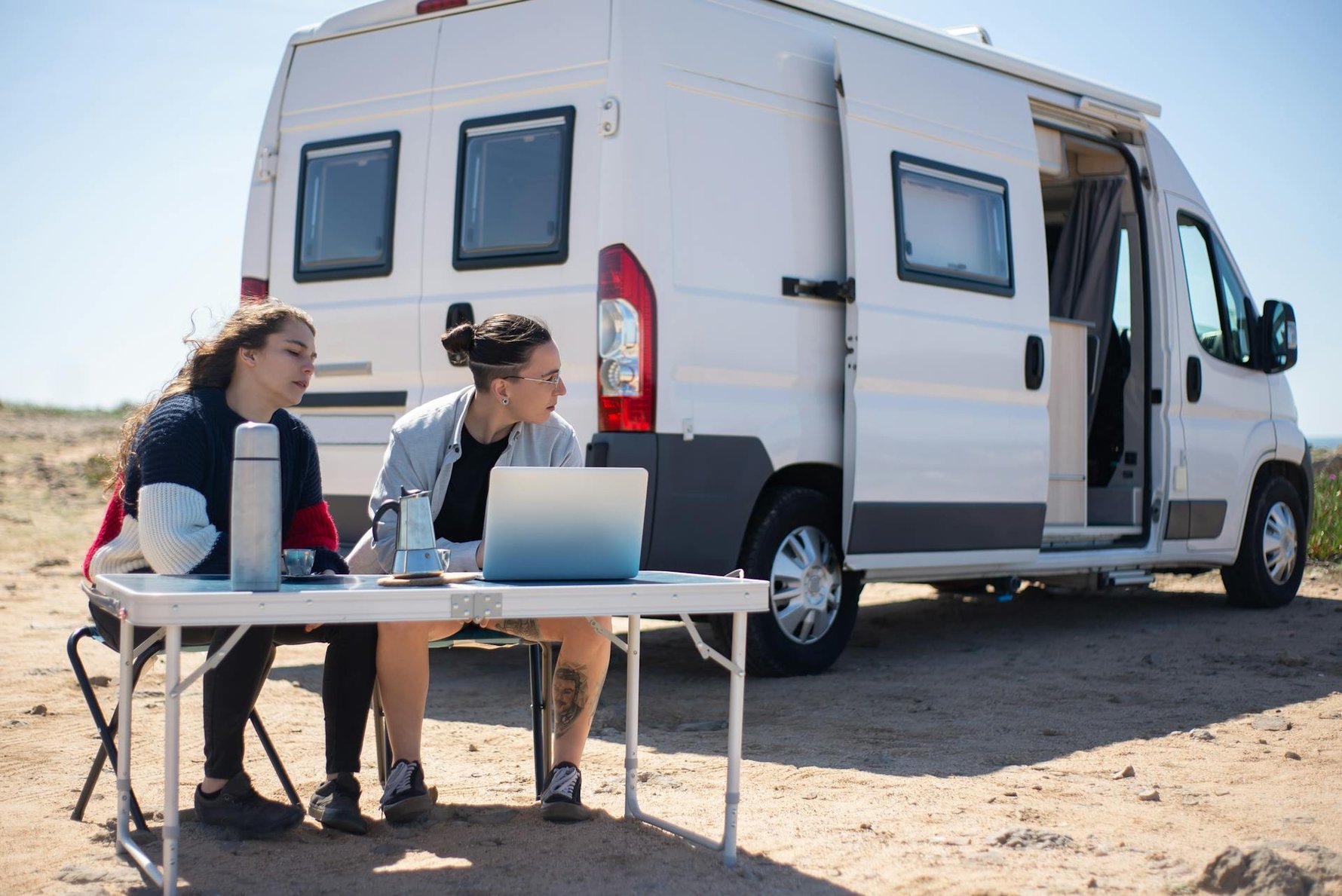For modern travelers, staying connected is more than just being online. It's how we navigate, stay safe, and share our adventures. But how do you stay connected when you're far from cities or crowded tourist spots? That's where tools like a travel eSIM come in handy.

Know Why Signal Disappears in Remote Places
Most people want mobile networks to work anywhere, but that's not always true. Cell towers are typically located in areas where most people reside or commute. That's why big cities and highways have strong signals. However, once you venture into smaller towns, mountainous areas, or the countryside, things change.In parts of Europe, like the Alps or the Scottish Highlands, even popular tourist spots can have weak or no signal. This isn't always the fault of your phone or SIM card; it's often just because there aren't enough towers nearby. In places like rural Croatia, northern Norway, or the far corners of Portugal, staying online needs more than just a strong phone plan. You need a smart plan.
Download Before You Leave: Maps, Guides, and Apps
One of the best things you can do before heading off the grid is to prepare your phone ahead of time. If you're traveling to remote places, always download offline maps. Apps like Google Maps and Maps.me let you save areas and routes so you can still find your way even without the internet.It's also helpful to download translation apps, restaurant guides, and public transport timetables before losing the signal. If you're going hiking or driving through the countryside, load music, videos, or podcasts in advance. That way, you won't feel stuck if your streaming apps stop working during the trip.

Wi-Fi Isn't Always the Backup
People often rely on Wi-Fi when they can't access mobile data. But in remote places, Wi-Fi can be just as unreliable. Small inns or mountain cabins might advertise "free Wi-Fi," but it doesn't always mean it's fast or even usable. Some places only have Wi-Fi in the lobby or during certain hours. Others can have data limits or shared networks that slow everything down.In parts of southern Italy or inland Spain, travelers have shared stories of having Wi-Fi that worked only for emails, not video calls or GPS. That's why it's better to have a backup that doesn't depend on public networks or hotel routers.
European Borders Can Disrupt Your Internet Access
One unique thing about Europe is how easily and quickly you can move between countries. You might start your day in France, drive through Germany, and sleep in Austria. It sounds crazy yet exciting - and it is - but your mobile data plan might not keep up. Many travelers find that their SIM card works great in one country but stops or slows down in another.That's why travelers need a solution that works across multiple European countries without needing constant changes. If you're exploring remote parts of Europe, you don't want to be stuck hunting for a local SIM every time you cross a border.

The Smartest Option for Remote Travel
To stay online without the stress of changing SIM cards or searching for Wi-Fi, many travelers now use a travel eSIM. It's a digital SIM that works without needing to insert anything into your phone. You just scan a QR code, and you're connected. The good part is that you can choose plans that work across many countries in Europe, so you don't lose connection when crossing borders.This is especially useful when traveling through remote places such as Iceland's Ring Road, the forests of Romania, or the hills of Slovenia. With an eSIM, you can access maps, call local taxis, check for sudden weather changes, or find your way back to your hotel without worrying about coverage. It keeps things simple, fast, and safe—exactly what you need when you're far from the usual or normal roads.





Comments